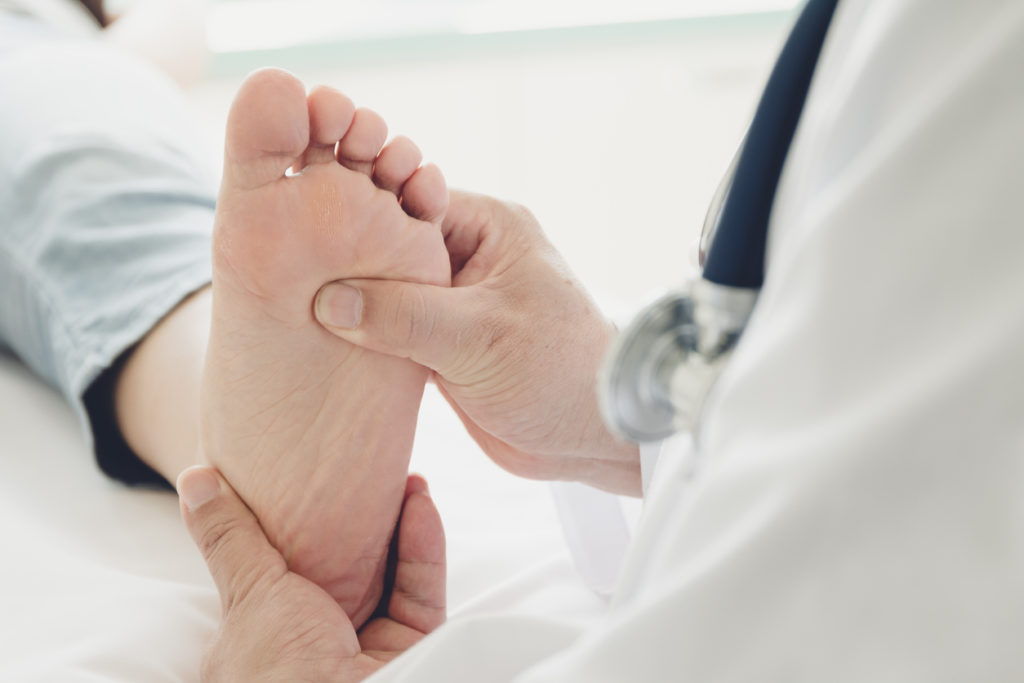Hi, I’m Doctor Lawrence Haywood, Consultant Neurologist at the Epworth Freemasons and Epworth Eastern Hospitals in Melbourne. I joined the Editorial Advisory Board of the Virtual Cancer Centre two years ago and today I would like to share with you my insights on robotic radical prostatectomy.
Robotic radical prostatectomy is a treatment for cancer of the prostate that is still confined to the prostate gland, that is has not had a chance to spread. It consists of the complete removal of the prostate gland and the re-joining of the bladder to the urethra. As long as the cancer is only in the prostate gland this gives a very high chance of a complete cure.
Radical prostatectomy in the past has normally been done by standard, open door cutting surgery. This requires five to seven days in hospital and normally is associated with significant blood loss, so that most patients require a blood transfusion. Return to normal work and activities also normally would take six to eight weeks.
Robotic radical prostatectomy is keyhole surgery to carry out exactly the same operation. Normal keyhole surgery is carried out by instruments introduced through small holes abdomen called ports. Vision is supplied by a telescope also introduced through a port with a surgeon working from a television monitor.
This of course only provides a two dimensional image. Furthermore there are a limited range of movements for the end of the instrument that is inside the abdomen. This is normally satisfactory for removing organs like the gall bladder or the kidney. In radical prostatectomy however one needs very fine, delicate actions in order to sew the bladder to the urethra deep in the pelvis, and in order to do the delicate, precise dissection needed to preserve the nerves to the penis.
The robot is the latest technology designed to overcome these problems. A wrist is provided at the end of the instrument to allow the surgeon to do everything inside the abdomen that he or she can do outside. Furthermore a double telescope is introduced that allows binocular vision, giving the surgeon a three-dimensional image. A high degree of magnification can also be achieved by advancing the telescope very close to the tissue. A surgeon sits at a console and controls the instruments using hand pieces whose movements are reproduced inside the abdomen. The three dimensional image is viewed by binocular eye pieces in the console.
These technological advances allow the surgeon to operate with delicacy and precision. This facilitates the sewing of the bladder to the urethra, which is essential for good urinary control after the surgery. It also facilitates the dissection of the tissue called the neurovascular bundle, which contains the nerves to the penis. Sparing these nerves is necessary if the patient is to get a return of erections after the surgery. Patients normally spend between two and three days in hospital after the surgery. Post-operative pain is significantly reduced. Bleeding is also significantly less, with a low likelihood for the need for a blood transfusion. Patients would expect to return to normal work and activity after two weeks. While return of urinary control and return of erections are also improved with robotic radical prostatectomy. Because of these reasons, I carry out all my radical prostatectomies using the robot, unless there are specific contraindications.
Thank you for watching and have a great day.
More information
 |
For more information on this type of cancer, visit Prostate Cancer: Overview. |
All content and media on the HealthEngine Blog is created and published online for informational purposes only. It is not intended to be a substitute for professional medical advice and should not be relied on as health or personal advice. Always seek the guidance of your doctor or other qualified health professional with any questions you may have regarding your health or a medical condition. Never disregard the advice of a medical professional, or delay in seeking it because of something you have read on this Website. If you think you may have a medical emergency, call your doctor, go to the nearest hospital emergency department, or call the emergency services immediately.







